Hands-On Soups Cooking Skills—Making the Perfect Soup
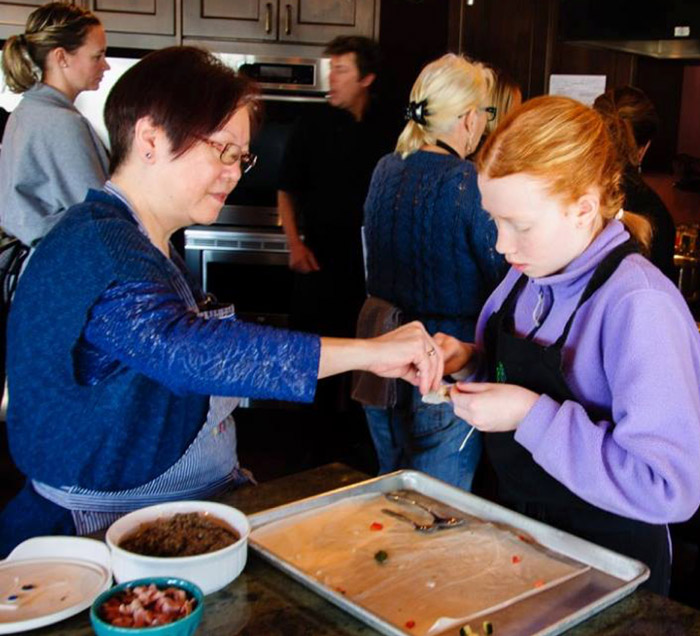
One cool Saturday in January, students joined us in Tree House Kitchen for a tasty, team-building, hands-on soups skills class. We gave away all our chefs’ secrets and reviewed the 10 essential steps to creating perfect soup every time!
Our unique, hands-on soups skills class was a success! Students connected in small groups to create team soups. Chef coaches assisted while they explored the theory and tricks to building flavours.
While layering ingredients in creamy seafood chowder (that didn’t actually have much cream), we introduced the class to our top 10 tips for perfect soups. For instance, I demonstrated that when making chowder, corn stock, clam glaze (concentrated clam juice) and fish stock reduce unnecessary calories while strengthening flavours by adding the wow factor!
In the soups skills class, we taught students to trust their senses and taste, taste and taste throughout the cooking process. Over four hours, we tried nine stocks to demonstrate flavour building. And we sampled six soul-filling soups served with homemade parmesan chive biscuits.
Sourcing good ingredients helps create perfect soups. Chef Lauren and I taught how to make ham and lentil soup, created with fantastic smoked ham hock from Cumbrae’s in Dundas and Canadian lentils (a low-carbon emission food). We finished it off with Nenninger Farm maple syrup and smoked paprika!
Students learned how to build flavours, starting with stock as a base and then layering on fresh and fantastic ingredients like multi-coloured vegetables, aromatic herbs, toasted spices, caramelized onions, roasted mushrooms and shellfish, as well as carefully sourced seafood and meat. It was a celebration of omnivore eating, but other dietary choices and lifestyles were considered.
Above, Palena and Teresa tie whole cloves in cheesecloth to infuse their essence into the simmering soup. Tree House Kitchen students range from nine to 90 years old. I especially love teaching timeless recipe concepts that apply to all ages and stages of life, addressing individual nutritional needs, skill levels and creativity.
Everyone gathered around the burners, taking turns and concentrating on each step of the process, getting in there with their hands and using all their senses. Exploring hands-on in the kitchen develops neural pathways and fosters muscle memory, which makes subsequent kitchen forays easier.
Minestrone preparation is simple and universal in its appeal. As with many soup skills and techniques that Tree House Kitchen offers, we encourage creating a minestrone with accessible and inexpensive ingredients: select your favourite vibrant, nutritious vegetables, herbs and your favourite legumes. Oh yes, having a sharp knife and some knife skills helps, too!
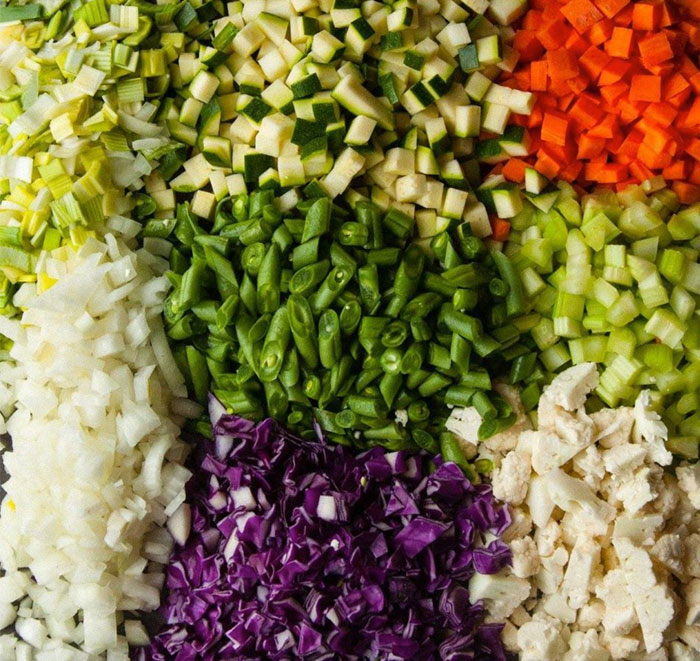
Another soup we created during the class included carefully oven-roasted mushrooms. Our seven mushroom soup demonstrated the depth of flavour that caramelizing lends to the soup-making process! (In the winter, mushrooms can be a little disappointing—roasting or sautéing brings out their natural earthy sweetness.) Speaking of earthy sweetness, as chefs, we feel responsible for protecting the pollinators, land and water that provide our food. Without them, we would be out of a job! Please read all about how we are raising awareness in Greensville, Dundas, of the importance of stewarding the mysterious, life-sustaining flow of water and protecting the pollinators to foster ecological health with the help of friends like Environment Hamilton and the Hamilton Pollinator Paradise Project.
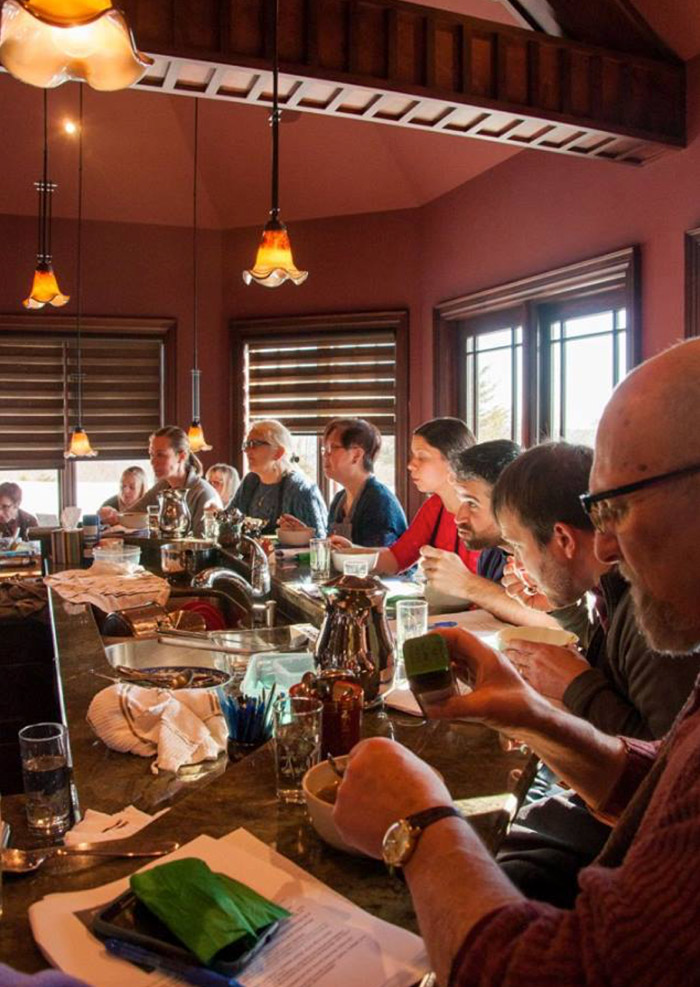
At day’s end, we feel that we’ve accomplished our mission when we hear, “I don’t usually like [insert food here], but that was good!” I teach recipes as systems, allowing students to gain experience and feel comfortable exploring the cooking process through their sense of taste and creativity. Our classes always offer participants sensory memories of dishes and individual ingredients. (You would be surprised to know how many spoons we go through while teaching students about sense memories!) In this case, the coaching team and students transformed simple soups with technique and flavour: minestrone, lobster bisque, French onion, roasted seven mushroom, creamy seafood chowder, ham and lentil and various meat and vegetable stocks.
Thanks to Phyllis Kraemer from The Keeping Room for the in-class photos and assistant chef Lauren Charman for the soup photos.
Update: We’re so proud of our work in our hands-on teaching and dinner party classes, but we no longer offer classes. We hope you enjoy reading about our past classes, and our new direction as a food literacy company specializing in problem-solving skills and resources for busy families and community members—like you!

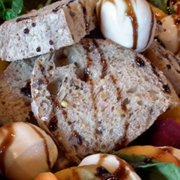
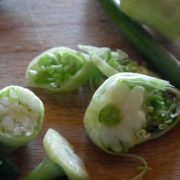
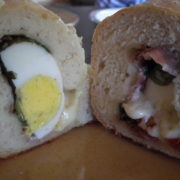
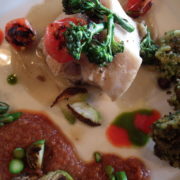
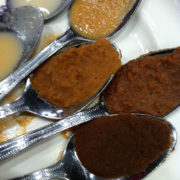
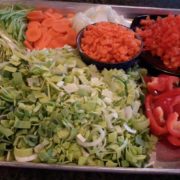
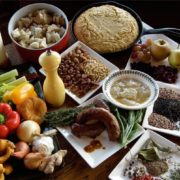
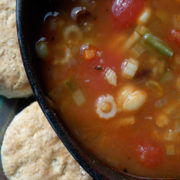


Leave a Reply
Want to join the discussion?Feel free to contribute!